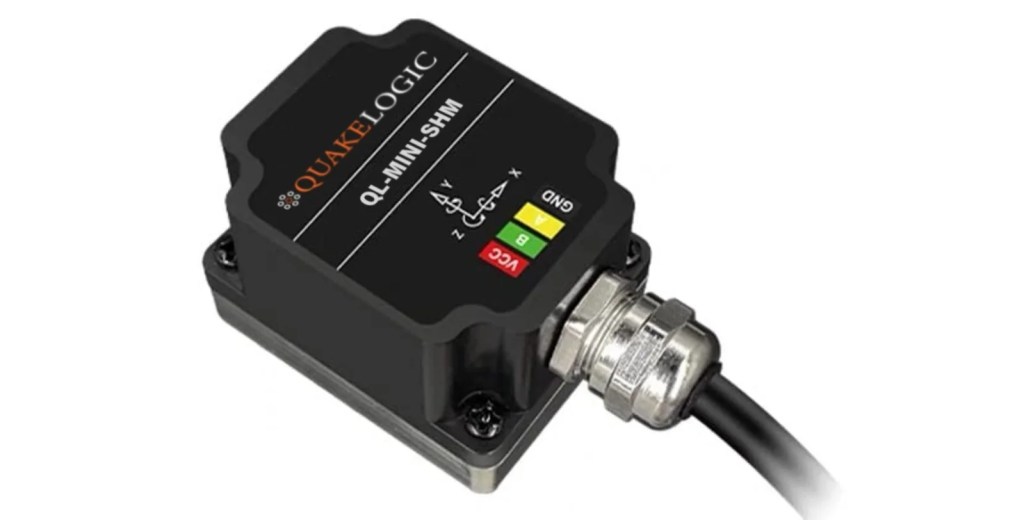In the world of electronics, industrial automation, and instrumentation, reliable communication between devices is essential. Several well-established standards define how devices exchange information. Among the most common are TTL, RS232, RS485, and the Modbus protocol. Let’s explore what they are, their limitations, and where they are typically used.
What is TTL?
Transistor-Transistor Logic (TTL) communication is a simple, low-voltage, point-to-point signaling method.
- Voltage Levels: Logic “0” is typically 0V, and logic “1” is +5V (sometimes +3.3V in modern systems).
- Use Case: TTL is often found inside microcontrollers, sensors, and development boards such as Arduino or Raspberry Pi.
Limitations of TTL:
- Not noise-resistant.
- Short distance only, typically a few centimeters to 1–2 meters.
- Direct connection between boards; no error checking or addressing.
TTL is best suited for board-level communication where wires are short and interference is minimal.
What is RS232?
RS232 is one of the oldest and most widely used serial communication standards.
- Voltage Levels: A logic “1” is represented by –3V to –15V, and logic “0” by +3V to +15V.
- Topology: Point-to-point (one transmitter, one receiver).
- Common Use: Serial ports on computers, modems, CNC machines, lab instruments.
Limitations of RS232:
- Maximum cable length is about 15 meters (50 feet) at standard baud rates (up to ~115 kbps).
- Only supports one-to-one communication.
- Susceptible to noise and ground potential differences.
Despite its age, RS232 remains popular in legacy equipment and industrial systems.
What is RS485?
RS485 is a differential signaling standard designed for robust and long-distance communication.
- Voltage Levels: Uses differential pairs (A and B lines) for noise immunity.
- Topology: Supports multi-drop networks (up to 32 nodes on a single bus).
- Common Use: Industrial automation, motor controllers, PLCs, and building management systems.
Limitations of RS485:
- Maximum distance: up to 1200 meters (4000 feet) at 100 kbps.
- Higher baud rates reduce allowable cable length.
- Requires proper termination resistors to avoid signal reflections.
RS485 is well-suited for noisy environments and large facilities where multiple devices need to communicate reliably.
Cable Lengths at a Glance
| Standard | Typical Distance | Baud Rate Range | Topology |
|---|---|---|---|
| TTL | < 2 m | Up to Mbps | Point-to-point |
| RS232 | ~15 m (50 ft) | Up to ~115 kbps | Point-to-point |
| RS485 | ~1200 m (4000 ft) | Up to 10 Mbps (shorter distances) | Multi-drop bus |
What is Modbus?
Modbus is a communication protocol developed in the late 1970s for industrial automation. Unlike TTL, RS232, and RS485 (which are physical layer standards), Modbus defines how data is structured and exchanged.
- Modbus RTU: Runs over RS485 (most common) or RS232. Data is exchanged in a compact binary format.
- Modbus TCP: Uses Ethernet for communication.
- Applications: SCADA systems, PLCs, power meters, sensors, and industrial controllers.
Key Features:
- Master-slave (RTU) or client-server (TCP) architecture.
- Widely adopted and supported by thousands of industrial devices.
- Simple, lightweight, and open protocol.
Final Thoughts
- TTL is ideal for short, on-board communication.
- RS232 works well for point-to-point connections over moderate distances.
- RS485 excels in industrial environments requiring long cable runs and multiple devices.
- Modbus provides the language on top of RS485 or TCP/IP for structured, reliable data exchange.
👉 At QuakeLogic, we provide the QL-MINI Series multi-sense sensors, which support TTL, RS232, and RS485 options depending on your intended application. Whether you need short-range board-level integration, reliable point-to-point connectivity, or robust multi-device networking, the QL-MINI line has you covered.


🔗 Explore more here:
Related
Discover more from QuakeLogic
Subscribe to get the latest posts sent to your email.


